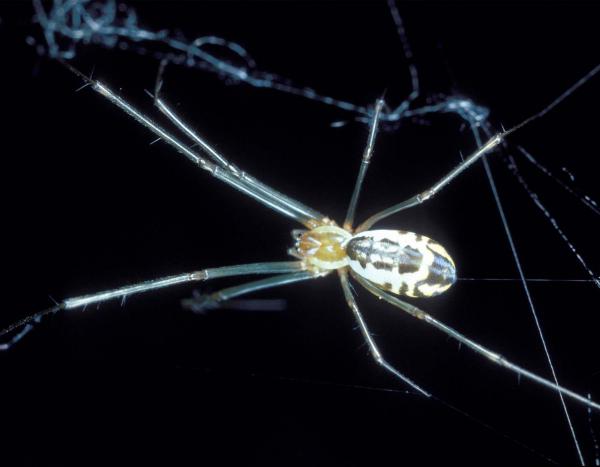 |
| European honey bee- Wikimedia |
As if honey bees didn't have enough problems with Colony Collapse Disorder, a story on
NPR discusses a newly discovered parasitic challenge they face.
The European honey bee,
Apis mellifera, was brought to the Western Hemisphere shortly after Columbus arrived. It spread slowly across the continent and Native Americans viewed its arrival as an indicator that European settlers were about to appear on their land.
Until recently the honey bee had few parasites, possibly because they didn't bring their familiar coevolved species with them to the new continent. Studies at San Francisco State University have shown recent parasitism by a phlorid fly,
Apocephalus borealis, which previously was only known to infect bumblebees.
The eggs and larvae in the bee's body apparently changes its behavior dramatically. By some mechanism, the fly alters the bee's circadian rhythm or its sensitivity to light. Affected bees abandon their hives at night and tend to congregate around street lights, usually dying the next day. This behavior could be a direct effect of the fly larva or possibly the expulsion of sick bees to protect the health of the hive.
Adult phlorid flies carry pathogens as well and their role in spreading them into hives is unknown. The full study at
PLOS covers many of the implications and the unanswered questions, as well as other examples of parasite induced behaviors.


















